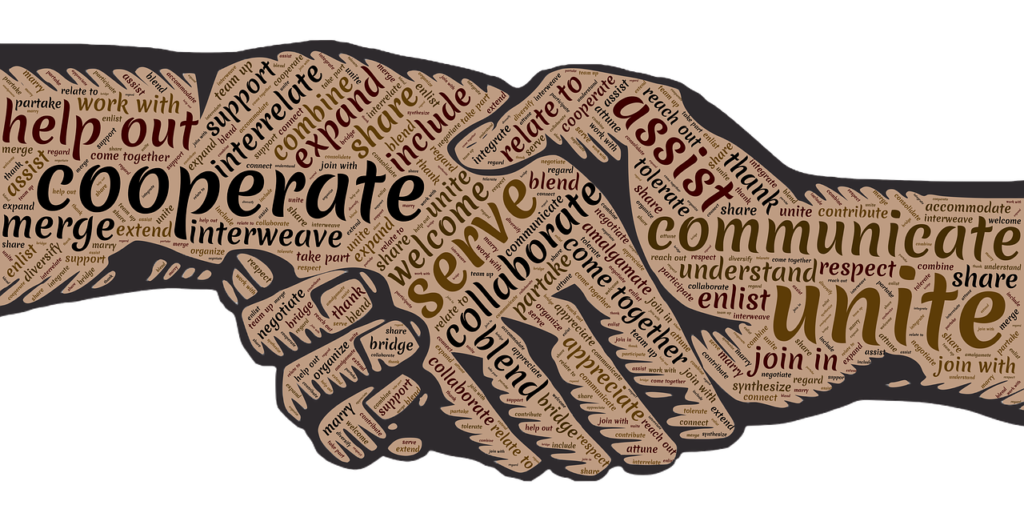The Not-For-Profit (NFP) sector in Australia is worth billions to the economy, and comprises almost 60,000 organisations registered with the Australian Charities and Not-for-profits Commission. Some are extremely small, while others are large national organisations employing many people and turning over significant amounts of revenue and expenditure. According to a McKinsey report, the sector employs 1.38 million people—11 percent of jobs in Australia—and contributes an estimated $129 billion, or 4.8 percent, of the country’s gross value added in direct and indirect contributions.
What NFP’s have in common is a service model, most often supporting communities, families, children, disadvantaged and minority groups, animals, or the environment. Services are often free or low cost, budgets often rely on short term funding and grants, with organisations running on the smell of an oily rag, and the goodwill of volunteers.
Is it any surprise then, that meeting and beating sustainability targets for the organisation may not be high on the agenda? Organisations with a dedicated environmental or social purpose may be kicking goals in that specific area, but not addressing sustainability issues in other areas. This could be due to a lack of staff, resources, or expertise, or possibly a lack of awareness of the issues involved. The inter-twined nature of sustainability, as exemplified by the 17 Sustainable Development Goals (SDG’s), requires a systems-thinking approach, with a wide perspective and understanding of how one area may impact upon another.
Just as corporates and the business world are being challenged to take strong action on sustainability, the charity and not-for-profit sector is starting to come under greater scrutiny. In addition to the core focus of what the organisation does, is how they carry out their services. For an individual organisation, a roadmap for transition is required, as each organisation has different challenges and opportunities. Importantly, the staff and stakeholders of the organisation need to be engaged with the process of identifying areas where changes can be made, and need to be in alignment for them to be successfully adopted.
Collectively, the sector offers a large opportunity for action across multiple sustainability goals. Imagine if all the almost 60,000 organisations purchased renewable energy, addressed waste issues, and improved transparency, diversity, and inclusion? The potential to ‘shift the dial’ becomes extraordinary, and can make a significant contribution to Australia’s commitments towards the SDG’s 2030 outcomes.
If your organisation would like to act on sustainability, please reach out to me on fleur@realearthsolutions.com to discuss how I can support your strategy and training needs.

